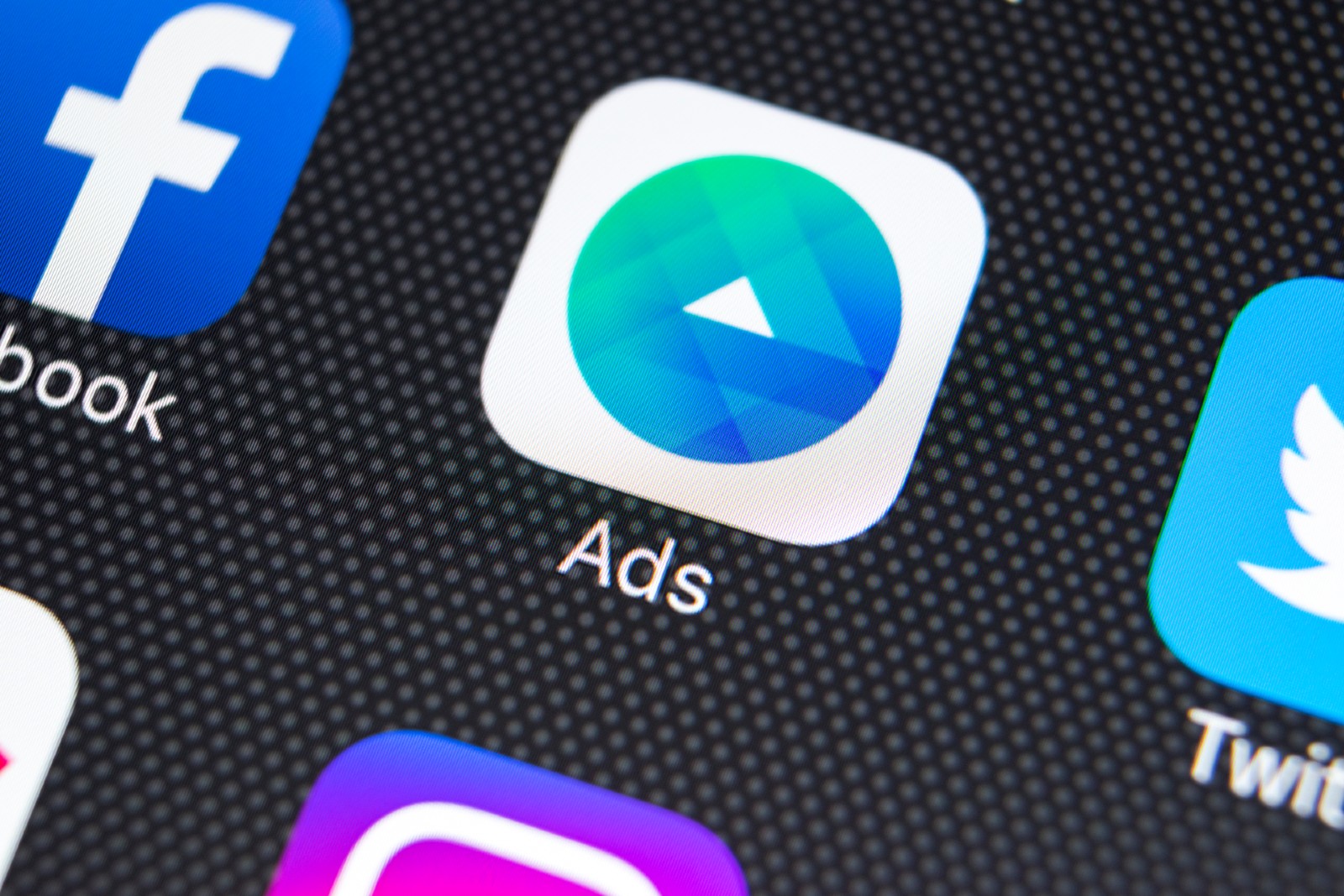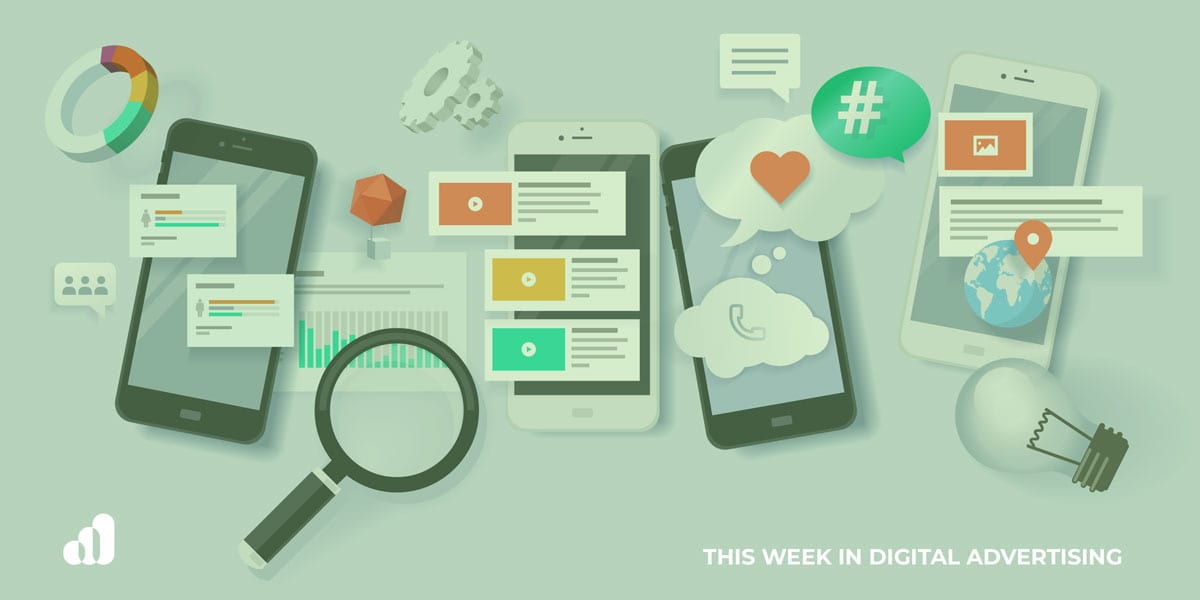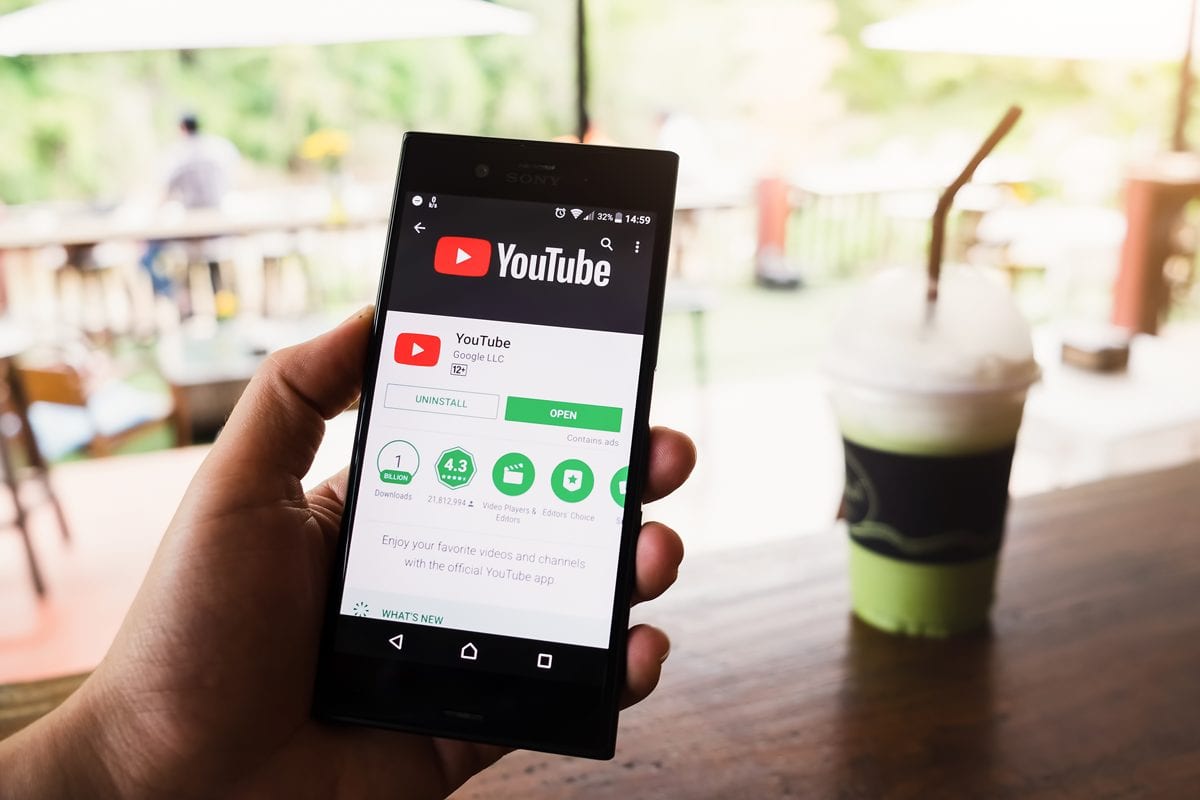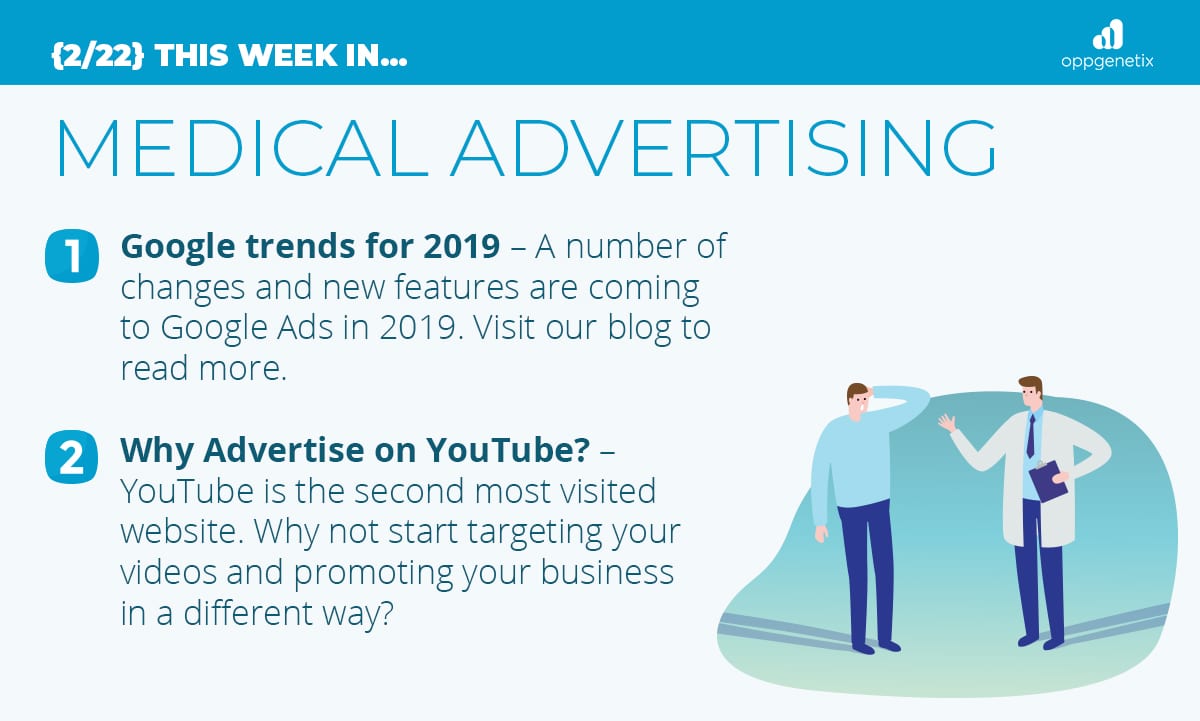The Best Ad Channels for Your Marketing Campaign
Digital advertising has a lot to offer — and a lot of different advertising channels. It’s wise to put your business’s resources into a few different ad channels, but which ones?
Well, it depends on several factors: What’s your advertising budget? Who are you trying to target? What is the goal of your advertising campaign? Do you have a creative team in-house, or will you have to outsource writers, photographers, and video editors?
OppGen Marketing can help you determine which advertising channels are best for your campaign. Contact us to schedule a complimentary strategy session.
Google Search Network
One of two paid search advertising options beneath the Google Ads umbrella, the Google Search Network is the best-known form of pay-per-click (PPC) advertising.
PPC ads are geotargeted text-based advertisements that appear on search engines. They’re tied to keywords, so when a prospect searches “Columbus digital marketing agencies,” PPC ads will appear at the top and bottom of the search engine results page. The position of PPC ads is determined by how much a person paid for those keywords in Google Ads’ bidding system.
As the name suggests, PPC means that you pay each time someone clicks on your advertisement. This also may be referred to as cost per click (CPC).
Pros of Google Search Ads
Great for determining demand: If you’re thinking of starting up a business, marketing a current service or adding a service to the business you already own, start by typing a phrase into the keyword search bar. Do you see any listings with an ad icon next to them?
If so, congrats! You’ve found there’s a demand for your business or service because Google has allowed advertisers to show ads on that traffic.
Targeting the bottom of the marketing funnel: Prospects on Google are more or less ready to convert. They already know what they’re seeking; they’re looking for something or someone who offers a certain product or service. It’s just a matter of choosing the option they think is best suited for them. With a highly effective PPC strategy, prospects will click on your PPC ad and (hopefully) fill out a form or call to schedule an appointment — essentially, they’ll do whatever your landing page’s call to action asks of them.
Cons of Google Search Ads
Increasing cost and competition: PPC ads are rising in cost as well as competition over keywords. Depending on the competitiveness of a keyword and other factors, PPC campaigns with smaller budgets may have their budget depleted in one or two clicks. Still, they’re cheaper than a TV commercial and can be made in-house easily.
Medium: Text doesn’t catch the eye to the degree images do, and when they’re poorly written, people won’t click. Many Google Search ads are written by AI, which makes them blend in with other AI-written ads.
Targeting specific demographics: While the geotargeted nature of PPC ads makes it easy to target audiences based on location, it’s much more difficult to accurately target based on other demographics, such as age and sex.
Click here to learn more about Google Search Ads.
Google Display Network
Google Display Network is Google Ads’ other advertising option. Unlike Google Search Network’s PPC ads, Google Display Network ads can be found beyond the search engine result pages. Display ads, which come in the form of banner or video ads, are priced at either cost per thousand impressions (CPM) or cost per acquisition (CPA).
Pros of Ad Channel
Keyword-level contextual targeting: Compared to Google Search’s PPC advertisements, Google Display Network’s ads do a better job of targeting based on demographics. This may be due to the fact that it takes prospects’ search history into account and its ability to “place” ads on relevant pages.
Cost: Display ads are cheaper than PPC ads — and that’s not even taking the price system options into account.
Powerful remarketing tool: Display ads are one of the best remarketing options. Remarketing, also known as retargeting, is the strategy of getting a website visitor who “bounced” (that is, left the site without taking action) to return to the website and take action. Display ads serve as little reminders to return to the website.
Cons of Ad Channel
Low clickthrough rate: If you’ve been on the internet long enough, you may remember those spammy pop-up ads declaring you as a winner of a decent sum of cash or gift cards. Prospects may be wary of clicking on display ads for that reason. This helps explain the low clickthrough rate (CTR) display ads often have. However, a low CTR is not necessarily a bad thing. In the case of remarketing display ads, people who don’t click on the ads are still likely to return to the website.
YouTube
If Google Ads had a third advertising channel beneath its umbrella, it’d be YouTube. YouTube is owned by Google but isn’t exactly part of Google Ads. Nevertheless, advertising on YouTube shares a handful of the same benefits that the Google Display Network offers. The ad medium is video. The ads are priced at cost per view.
Pros of Ad Channel
Large targeted audience: A lot of people use YouTube for a lot of different reasons, making it a promising ad channel. Similar to display ads, YouTube ads are based on prospects’ search history.
Cost: Stick to the skippable advertisement option and you won’t be paying too much. Non-skippable ads, on the other hand? Those can get pricey and allow a limited length of time.
Cons of Ad Channel
Requires a good team with experience in filming and video production: If you don’t have a good creative team in-house or lack the resources to outsource, YouTube may not be the best option advertising-wise.
Learn more about advertising on YouTube here.
Facebook and Instagram
Facebook and Instagram aren’t just for sharing big life events and beautiful images — they’re also some of the best advertising channels to use.
Pros of Ad Channels
Highly targeted: Paid social ads for Facebook and Instagram are some of the best ad channels out there. When users register, they have to provide identifying information (their name, age, sex, location, relationship status, etc.). That data makes it much easier for advertisers to target ads to very specific audiences.
Creative freedom: Facebook and Instagram allow for a lot of creativity, particularly when it comes to an advertisement’s medium. On Facebook, you can use and combine text, images, and carousels to create an eye-catching ad. Instagram gives you fewer options ad-wise (carousels aren’t exactly an advertising option), but it’s one of the most powerful influencing platforms.
Low cost, high impressions: Of all of the options listed here, Facebook and Instagram are by far the least expensive advertising platforms. It also gives you more options in terms of price system: CPM, CPC, and CPA are all options on these sites.
Cons of Ad Channels
High competition: Facebook and Instagram are so well-known for their low cost, higher impressions, and creative flexibility — not to mention popular throughout the world — that advertisers are more frequently competing with one another.
May need a good creative team: Like YouTube, ads on Facebook and especially Instagram need a creative touch. Unlike YouTube, Facebook doesn’t require the highest quality videos for ads. Combining a professional image or two with well-written copy is usually enough to get by with on there. Instagram, on the other hand, may not need the best videos, but given its overall emphasis on stunning visuals, it’s wiser to have a creative team (or at least a photographer) in-house or for hire.
Not only is LinkedIn a solid professional networking platform; it’s also one of the best places for B2B and B2C marketers to advertise. Ads can come in the forms of banner and video ads.
Pros of Ad Channel
A match made in B2B heaven: B2B marketing is one of the most difficult marketing segments to work in, but LinkedIn can make life much easier for any B2B-er.
Incredible professional targeting options: LinkedIn lets marketers get so specific it’s (almost) scary. You can target ads at certain companies, people with specific titles or levels or seniority, and geographical locations.
Cons of Ad Channel
Cost: Paid advertisements on LinkedIn are expensive.
Business-focused audience: This isn’t necessarily a con for everyone, but if you’re not a B2B or B2C marketer, it’s probably best to spend your advertising resources elsewhere.
Click here to learn more about how you can improve your social media advertisements.
Choose Your Ad Channels Wisely
Hopefully this guide has helped you decide which ad channels are worth your time and investment and which ones aren’t. If you’re still not sure, contact us for more information or fill out our free digital audit.





